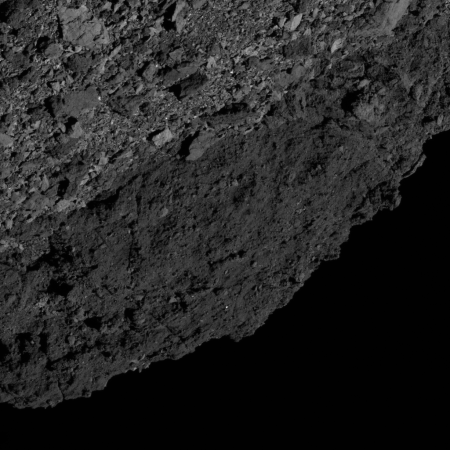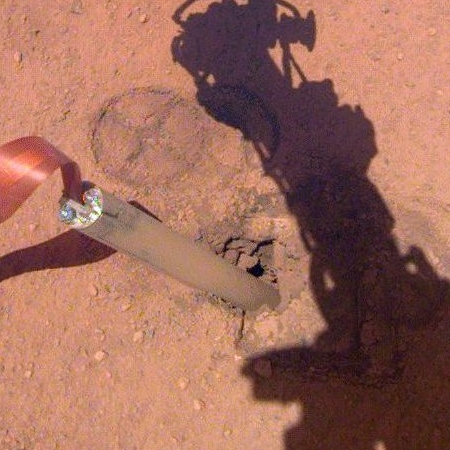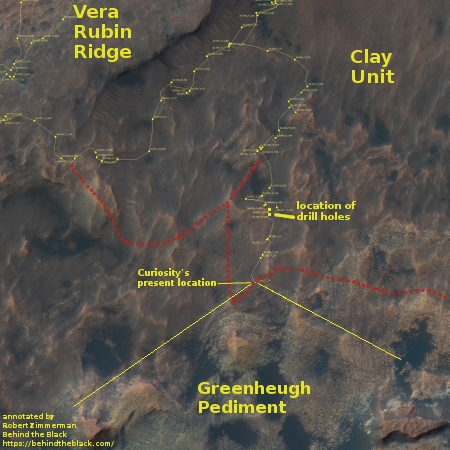Capitalism in space: Boeing today announced its bid to build a manned lunar lander for NASA’s Artemis program, with its lander launched to go directly to the Moon rather than stopping at the proposed Lunar Gateway lunar space station.
The company said its “Fewest Steps to the Moon” proposal, submitted for NASA’s Human Landing Services program, minimized the number of launches and other “mission critical events” needed to get astronauts to the surface of the moon. “Using the lift capability of NASA’s Space Launch System Block 1B, we have developed a ‘Fewest Steps to the Moon’ approach that minimizes mission complexity, while offering the safest and most direct path to the lunar surface,” Jim Chilton, senior vice president for space and launch at Boeing Defense, Space and Security, said in a company statement.
The two-stage launched would launch on the enhanced Block 1B version of the rocket, which uses the more powerful Exploration Upper Stage (EUS), and go into lunar orbit. It would either rendezvous with the lunar Gateway or directly with an Orion spacecraft, where astronauts would board it for a trip to the lunar surface. The lander is designed to be launched as a single unit, rather than in separate modules that would be aggregated at the Gateway. The lander also doesn’t require a separate transfer stage to maneuver from a near-rectilinear halo orbit to low lunar orbit, as some other designs have proposed.
This approach, the company said in a statement, reduces the number of mission critical events, such as launches and dockings, to as few as five. Alternative approaches, Boeing claims, require 11 or more such events. [emphasis mine]
Boeing is essentially proposing a plan that makes Gateway unnecessary, a bidding ploy that very well might work with the Trump administration, which has already reduced Gateway’s initial construction to speed up its attempt to get to the Moon by 2024.
More important, Boeing’s proposal makes it very clear how unnecessary Gateway is, and how that boondoggle actually slows down our effort to return to the Moon. This is great news, for several reasons. First it shows that Boeing, one of the old big contractors that historically has depended on government dollars, is now publicly stating that it is not in favor of Gateway. This in turn makes it more politically acceptable for politicians to take this position. Expect more public advocacy against building Gateway.
Second, it shows that Boeing is trying to sell SLS. It wants Congress to appropriate more launches, and by showing Congress a cheaper way to use it the company is hoping legislators will buy into their proposal. SLS might be an exceedingly expensive rocket, but Gateway only makes it worse. Boeing is showing the world that there is a better and cheaper way to do things.
This also suggests that Boeing is recognizing the competition coming from SpaceX and others that might kill SLS, and is now trying to make SLS more competitive. While I am not a fan of SLS, if this proposal indicates an effort by Boeing is finally to make SLS more efficient and affordable I can only celebrate. The rocket has capabilities that are unique, and if its cost can be reduced in any way that can only benefit the U.S. effort to compete in the exploration and settlement of the solar system.






